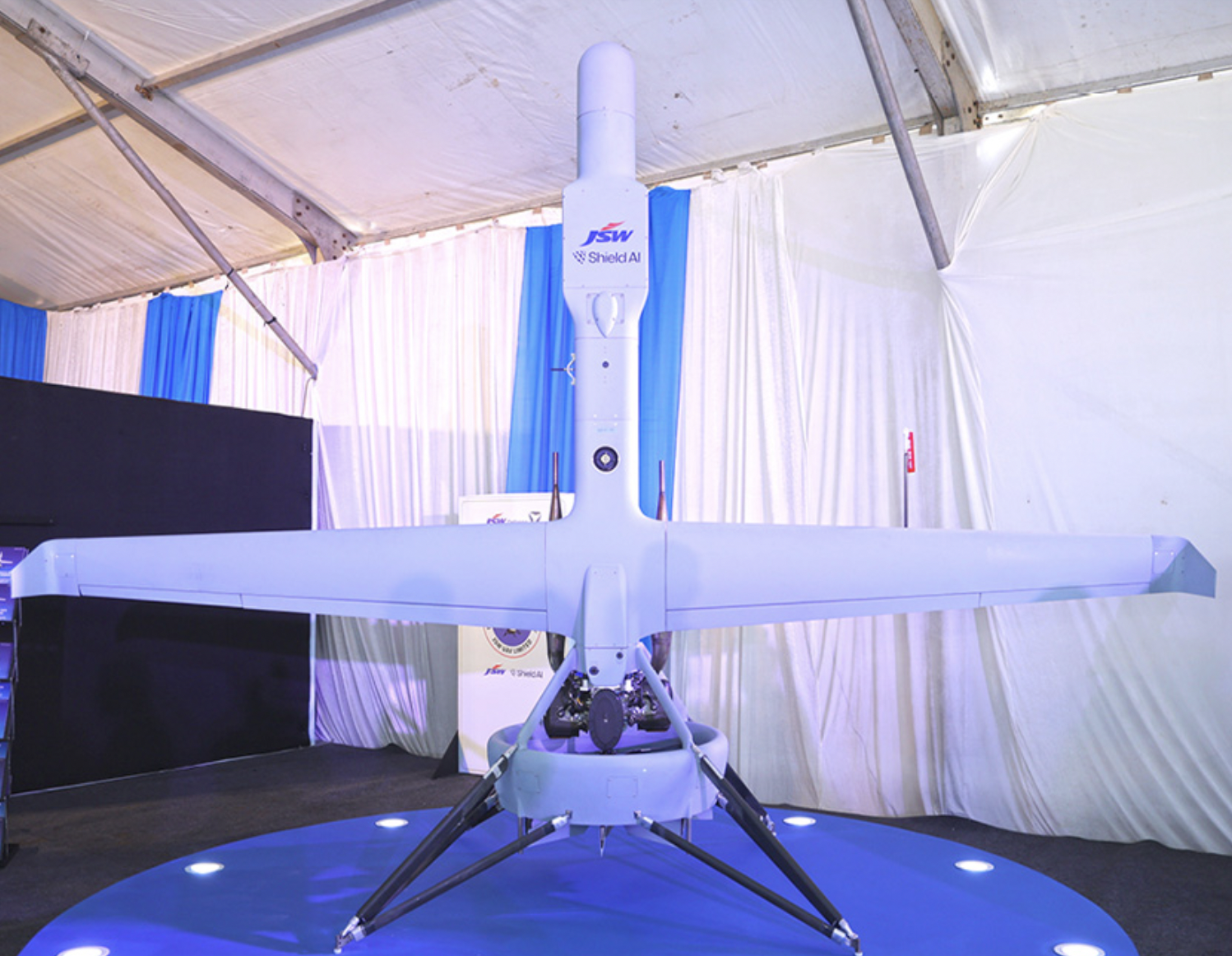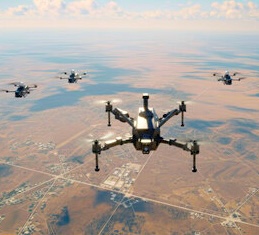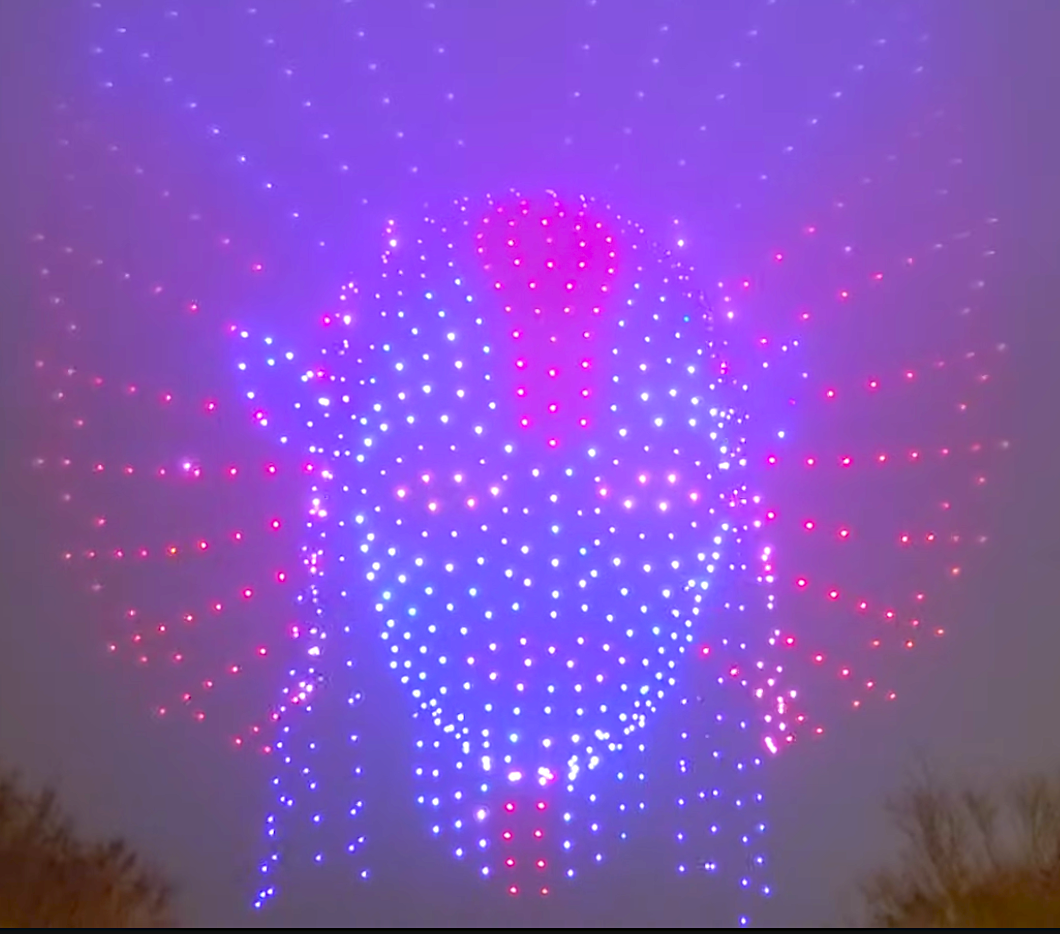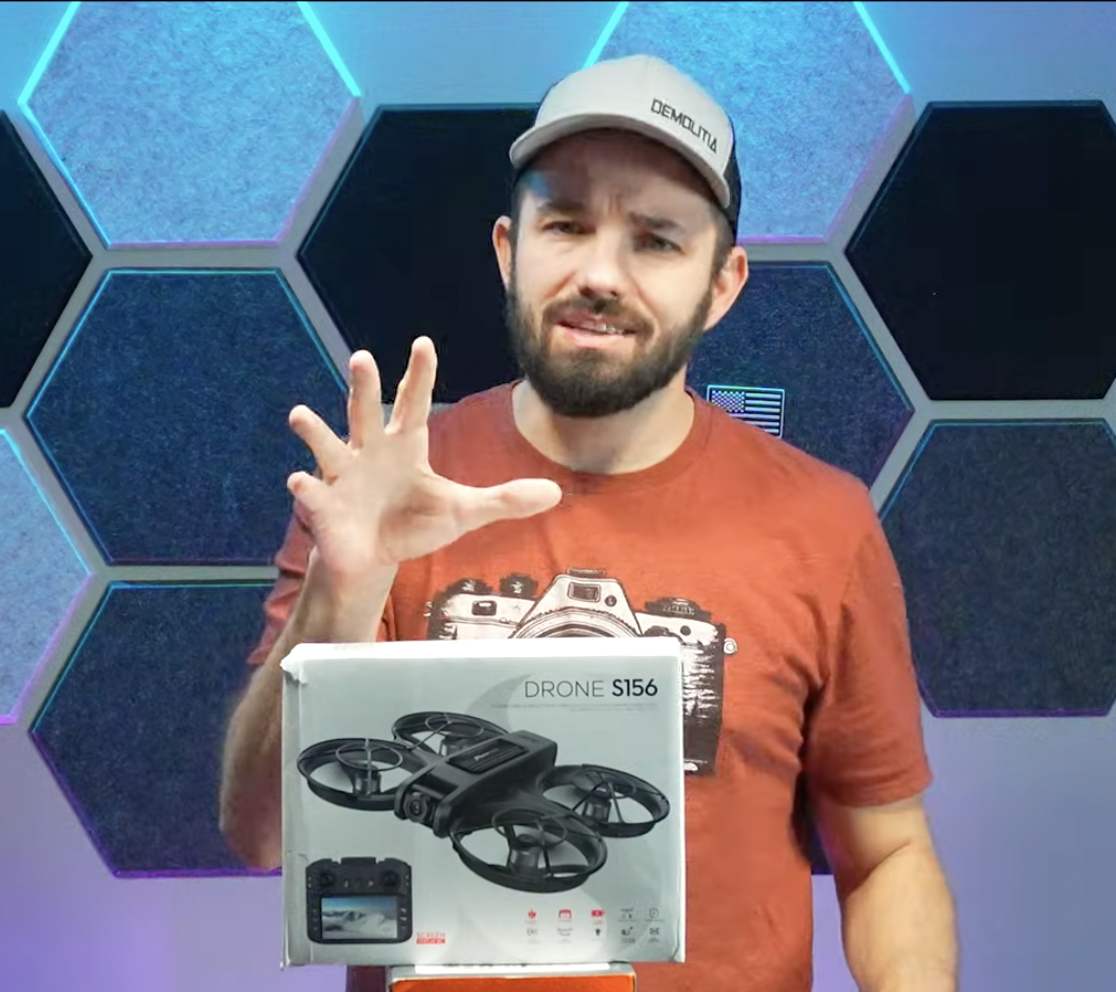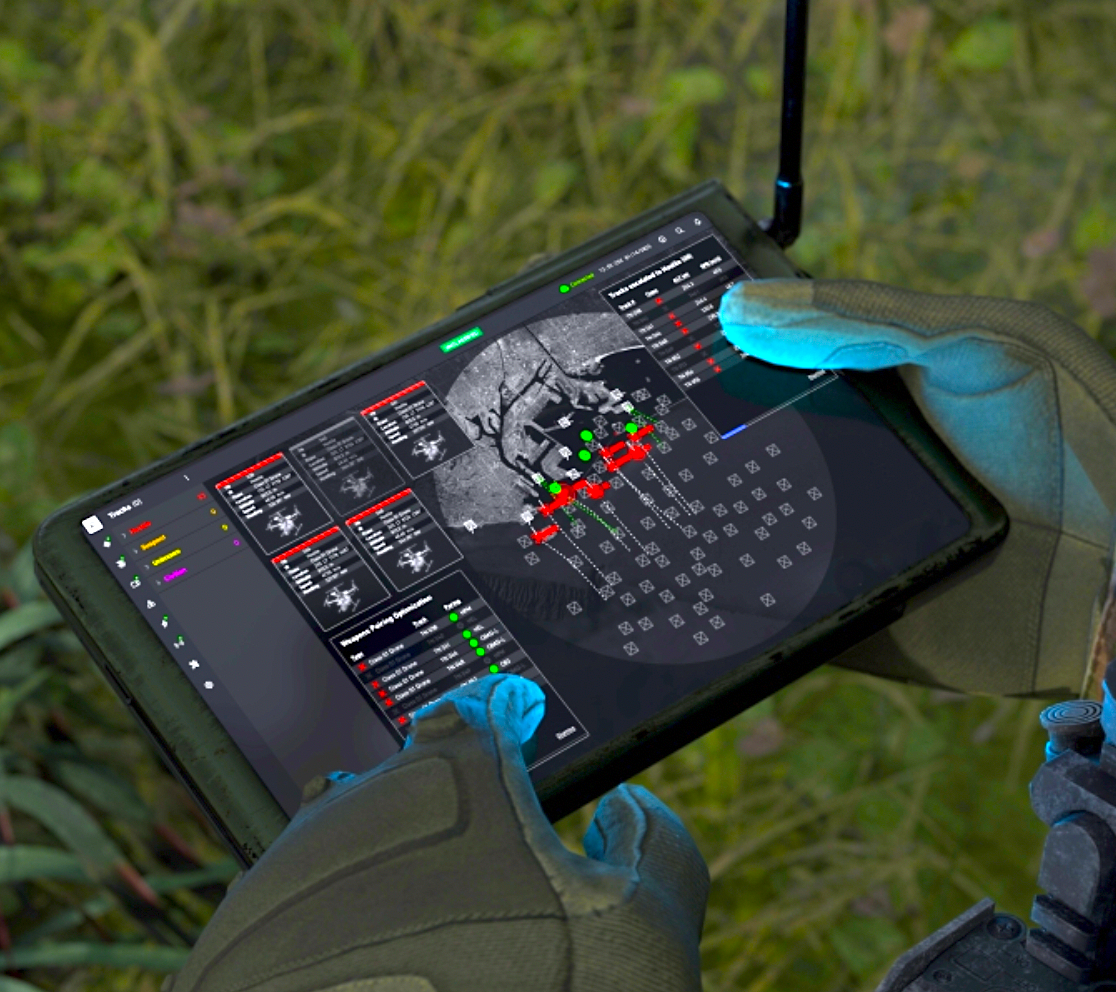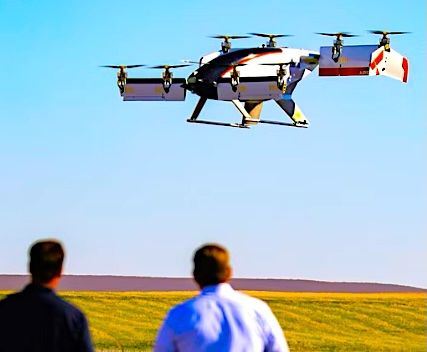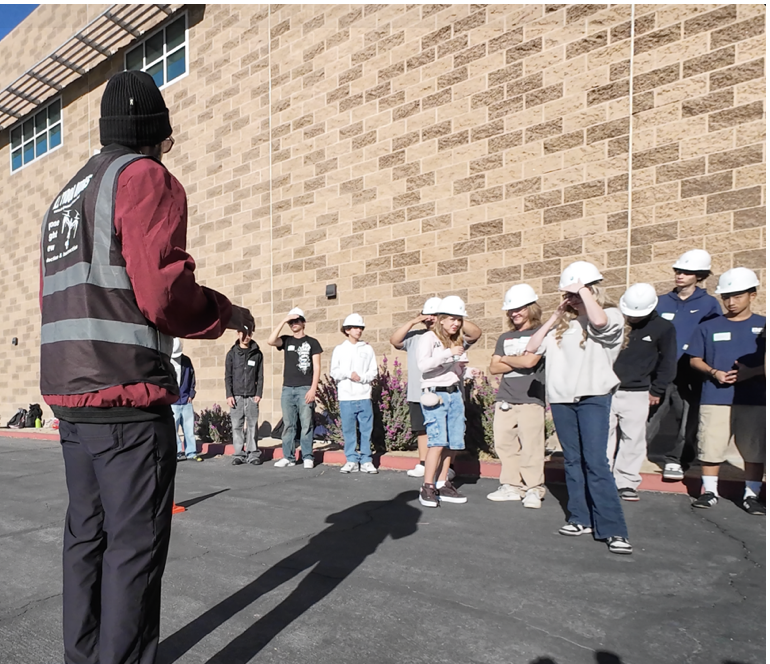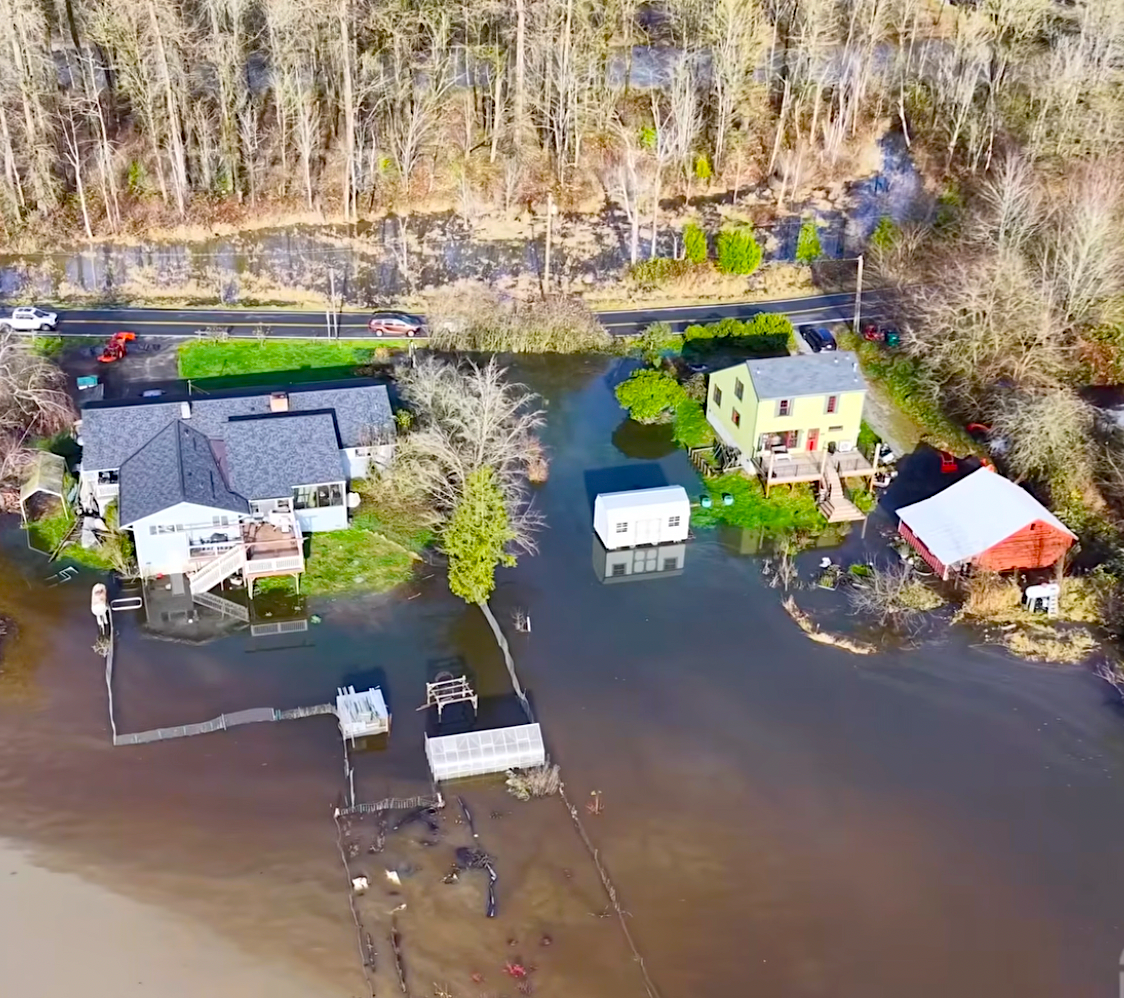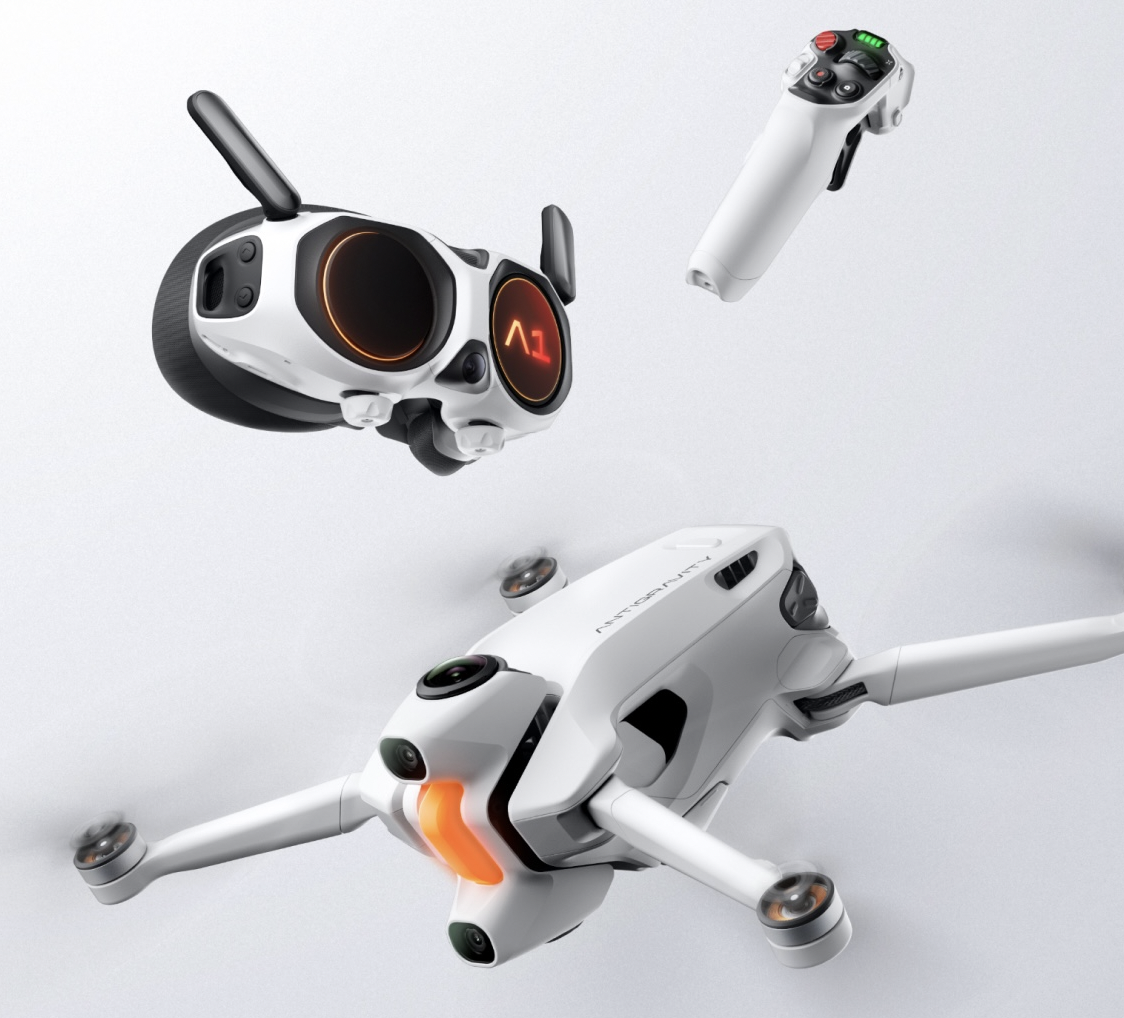Featured NewsTrending NewsGeneral NewsDrones Next Mission: Bringing Polluters to Justice?
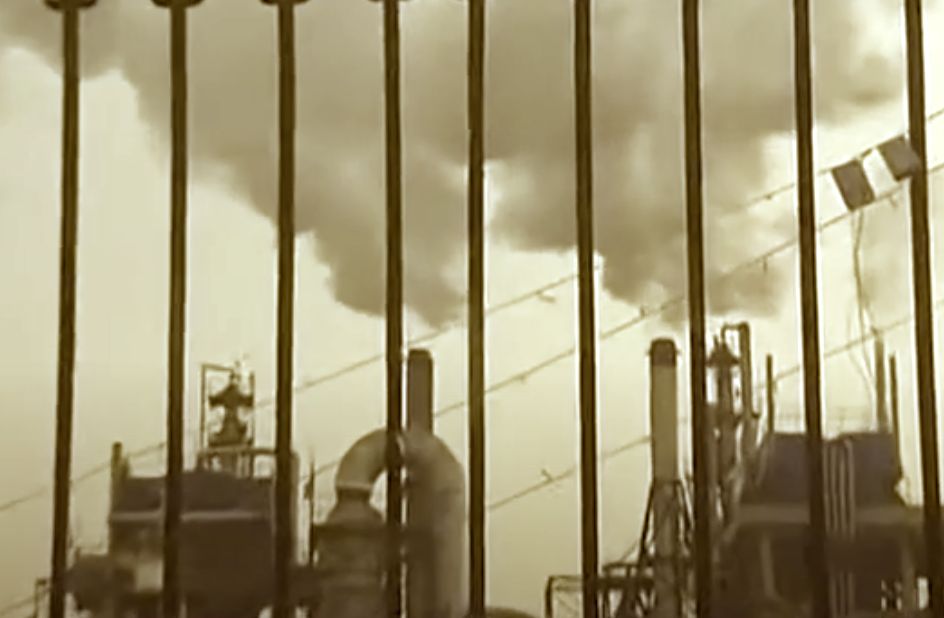
Waccamaw Riverkeeper Cara Schildtknecht—a new drone pilot, thanks to Walls' online courses—calls such drone reconnaissance a "gamechanger."
“We have certain areas that we know could be of concern that we want to check out,” she said. "I want to see areas that are hard to reach, and record floods and find polluters. Previously, that would have required paying a pilot for a manned flight."
But it's still far from an easy task to watchdog potential polluters.
Although Specialty Granules—the firm identified by Walls—did the right thing and cleaned up its act, Matthew McClure, vice president of operations is not a fan of surprise drone flybys.
“Unscheduled drone overflies can present a distraction and potential accidents to employees who operate heavy machinery,” said McClure, who acknowledged that the company uses its own drones to monitor some operations.
There are also privacy concerns.
Cam Ward, a former Alabama state senator who is now director of the Alabama Bureau of Pardons and Paroles, sponsored a bill in 2020 to curtail drone use over “critical infrastructure”—which was defined as mines, refineries, pipelines, and natural gas plants.
“There has to be some expectation of privacy,” said Ward, citing concerns about environmentalists sabotaging facilities.
The bill did not pass—but Ward still feels there should be limits on drone use to keep sites safe and protect the privacy of business owners.
Even some enviromental groups are skeptical that widespread drone use will curtail water polluters—especially as drone regulations often differ from location to location, and the FAA isn't the only agency setting the rules.
“It is a patchwork of uneven, inconsistent, local, state, and federal regulations across our region,” said DJ Gerken, program director at the the Southern Environmental Law Center that works with partners who use drones. Navigating that patchwork of rules matters for ensuring that evidence is admissible in court.
However, drones are still excellent tools for finding pollution that has been out of sight.